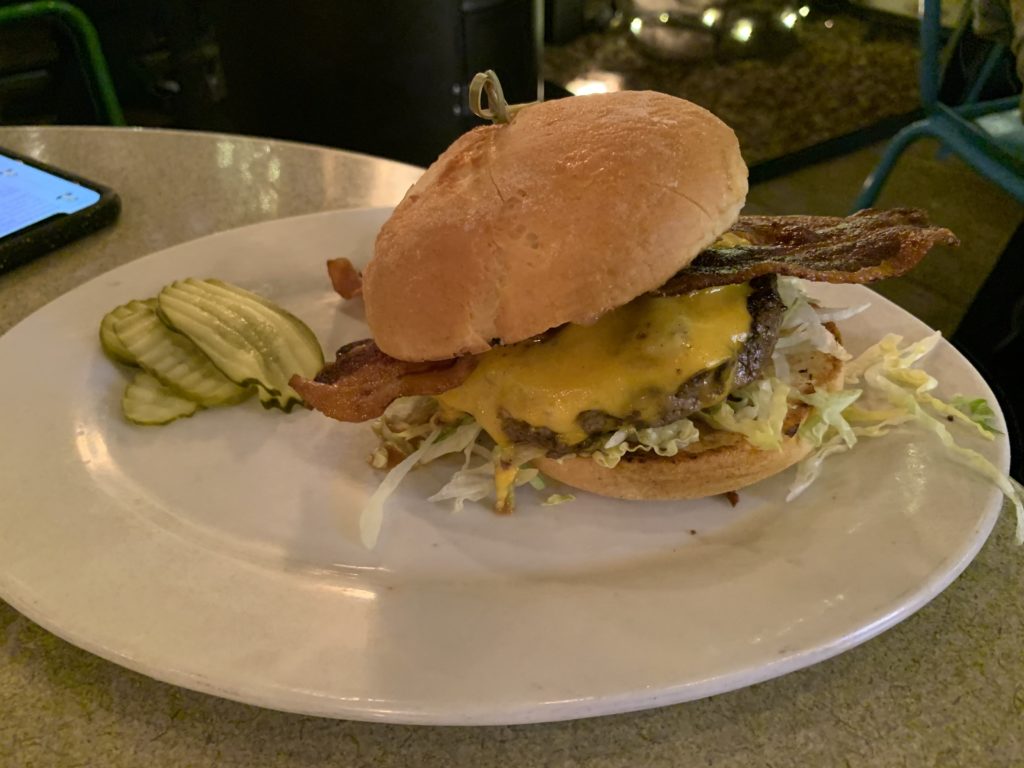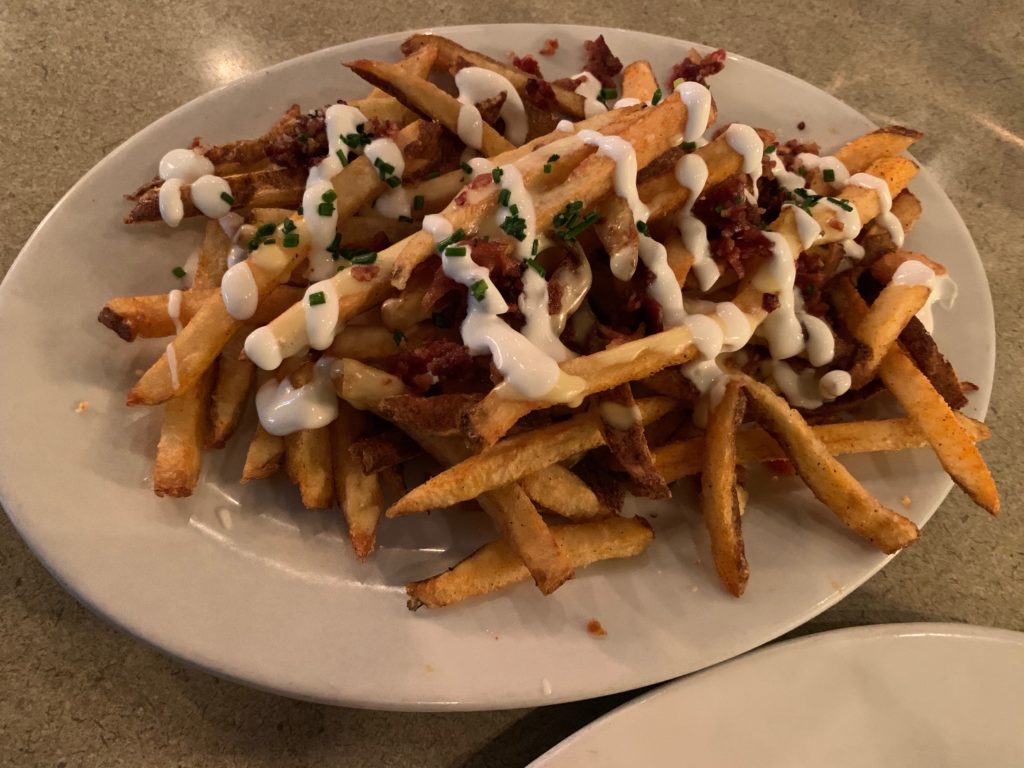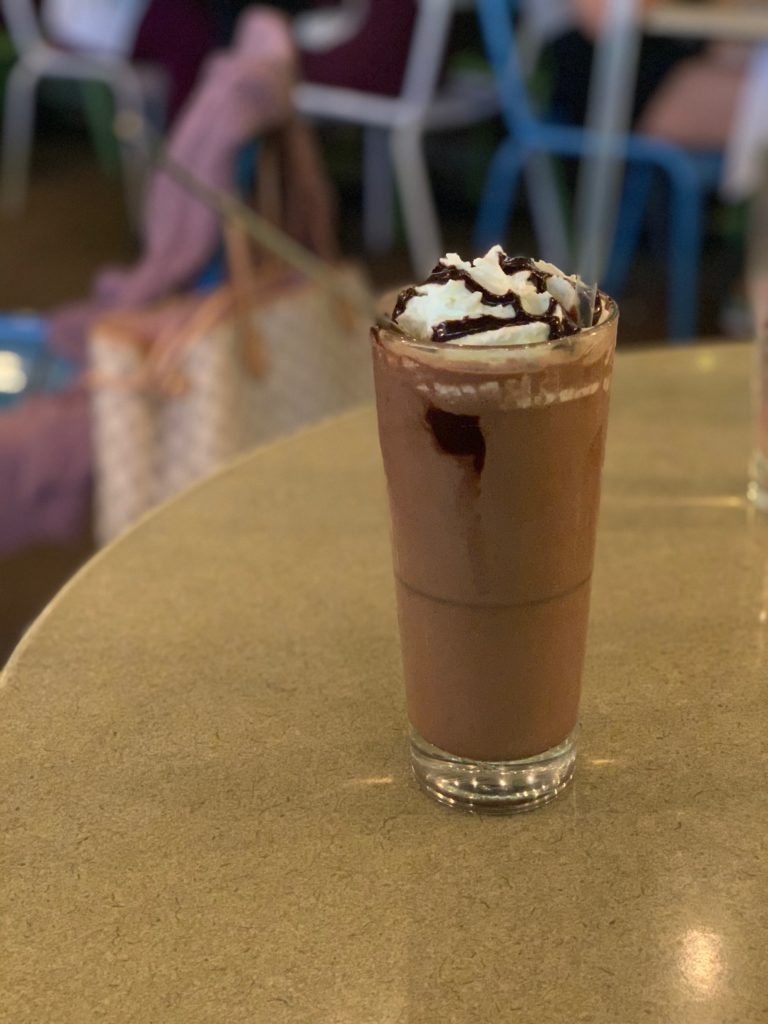Dr. Jason Fung calls fasting “medical bariatrics.” For patients with type 2 diabetes it has the same benefits (under proper medical supervision) as bariatric surgery, but it’s totally reversible.
And compared to surgery or medications, it has radically fewer side effects. It’s been used by literally billions of people throughout history and has been part of every world religion.
And it’s even better than free. It actually saves money.
The other major positive aspect of fasting is its flip side. Fasting isn’t a continual pledge of self-denial. It’s a decision to forego eating for a time. And when the fast is over, it’s time for…
The Feast.
It’s not a great idea to break an extended fast (2-3 days or more) with a huge meal. That can be a shock to your system. But if you regularly maintain a narrow feeding window of perhaps 8 hours or less, and occasionally throw in a 24-48 hour fast, it frees you to really enjoy occasional excess without guilt or fear.
So as Dr. Fung says, “Enjoy that birthday cake!” Relish those holiday meals.
For me, another big application is when I travel to our Mayo Clinic locations in Phoenix and Jacksonville. I get to each of them perhaps twice or thrice per year, and so I make sure to visit my favorite gluten-free restaurants in each city.
When I’m in Phoenix, I make sure to eat once at Picazzo’s Healthy Italian Kitchen, where I get the Meaty Meaty pizza with gluten-free crust:
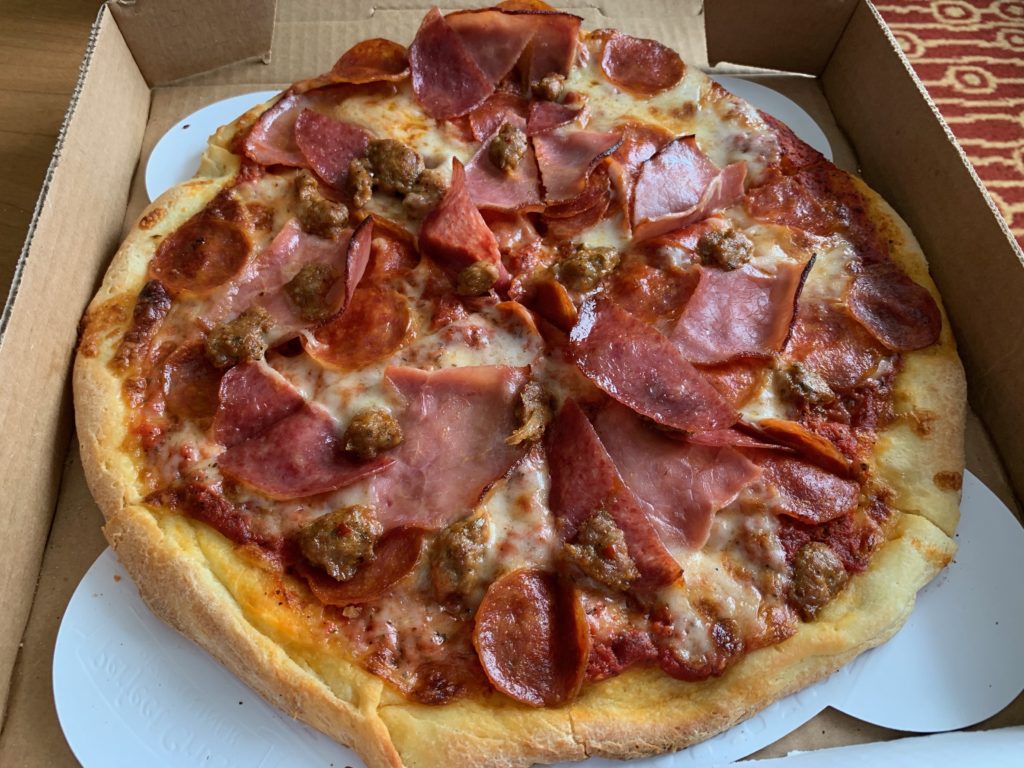
I also eat at Zinburger, where in addition to gluten-free burgers and double-chocolate milkshakes they have a separate fryer where they prepare French fries loaded with cheese and bacon.
Thankfully, when I visit I’m usually there a couple of nights, so I can make it to both places.
As I write this, I’m in the Sky Club in Atlanta on the way home from a couple of days in Jacksonville. That meant on Thursday night I got to visit V Pizza in Jacksonville Beach, where I had the Carnivora with gluten-free crust:
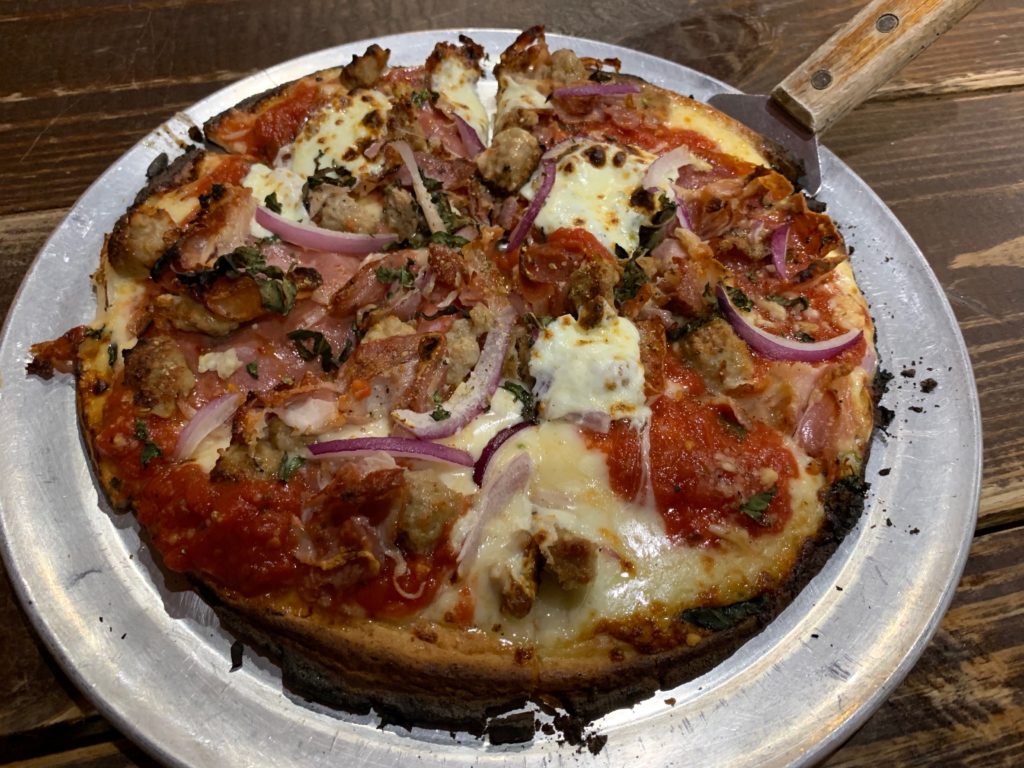
The great part about fasting is that I can look forward to meals like this because I know I will have them a few times a year at most. So I couldn’t develop a habit of visiting these restaurants more frequently even if I got a sudden craving.
When I do eat there, I typically have fasted since dinner the night before, and will fast the next morning as well.
So even though I’m eating 10-15 times the carbs I usually have, within a day or two of my feast I’ll have burned the sugar and starch and be back to gluconeogenesis and maybe even moving toward ketosis.
If you haven’t tried fasting, I’d encourage you to investigate its benefits. Read about our 10-week alternate daily fasting experience. And again, if you’re on diabetes medications or insulin you absolutely do need medical supervision to prevent hypoglycemia.
Once you’ve developed a time-restricted feeding or intermittent fasting pattern or mindset (especially a low-carb diet), you’ll not only be free from the tyranny of cravings and having food seem so important.
You’ll also really enjoy the times when you do feast.
If you want to explore why intermittent fasting works, this video featuring Dr. Fung is a great way to start.
See previous posts on My Health Journey, and to get future posts follow on Facebook, Twitter or LinkedIn.
